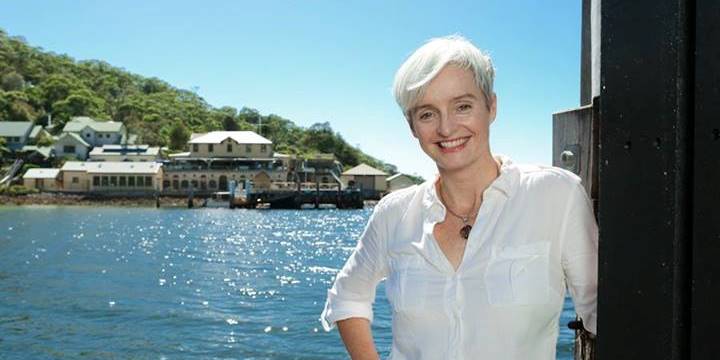
UNSW's Professor Emma Johnston is passionate about Sydney Harbour because, despite being surrounded by almost 5 million people, it’s a global hotspot for marine and estuarine diversity.
PROFILE: Emma Johnston stands out in a crowd. With her sleek platinum blonde hair and smart clothes – both practical as well as stylish – not to mention her rapid-fire conversation, Johnston commands attention.
And that’s a good thing. Why? Johnston’s on a mission, a mission to use the tools of science and communication to help protect the underwater world she has loved since she was a youngster growing up next to Melbourne’s Port Phillip Bay.
In November 2014, Johnston and her SHRP colleagues launched the World Harbour Project. “The new project arose out of a desire to share techniques and learnings about multiple use harbours that are heavily impacted but also highly valued, so the findings and priorities are being rolled out globally,” she says proudly. There are 20 city partners, from Jakarta to San Francisco, Shanghai to Rio De Janeiro.
“We’re publishable in the international scientific literature and we’re policy relevant. That’s the ‘sweet spot’ where I really like to be,” says Johnston, claiming she’s always been interested in “useful research”.
“That was a call from The Discovery Channel,” explains Johnston. “They’re filming six episodes on Sydney Harbour, to air next year. I’m hoping to get some underwater research into the program, not just cruises and New Year’s Eve.”
Given her diverse but integrated projects, it may seem that Johnston followed a preordained career path, from young sailor to professional marine scientist and communicator. That’s not the case.
“I didn’t have a clue what I wanted to be,” she confesses. “Growing up we had lots of music and visits to art galleries. I was tempted to be a painter.”
More information
This profile article was first published on the Australia Unlimited website: www.australiaunlimited.com
